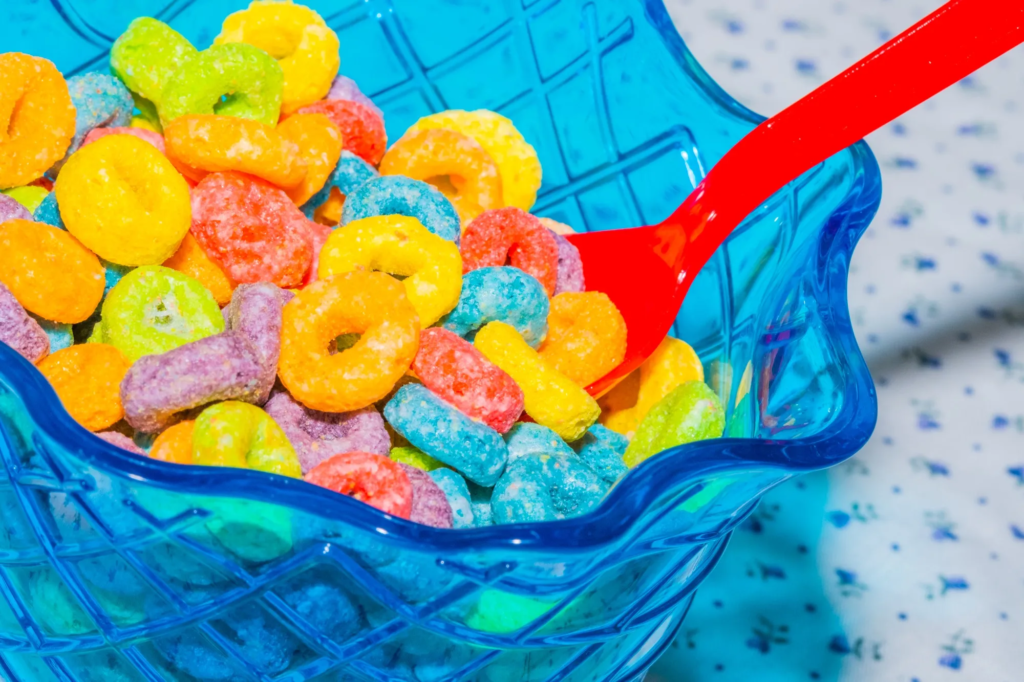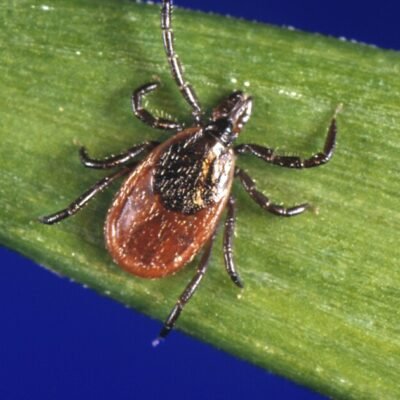Removing artificial dyes has become a top priority for many major food brands in 2025. From cereal boxes to candy wrappers, the bright colors we’re used to are slowly being replaced with more natural alternatives. This shift is not just a trend it’s part of a growing movement toward cleaner ingredients and healthier food choices. But why are brands making this change now, and what does it really mean for your favorite snacks?
Let’s take a closer look at what’s behind this bold move by big brands and what it means for your next grocery store trip.
1. What Are Artificial Dyes?
Artificial dyes are synthetic food colorings used to make foods look more appealing. You’ll often see them listed as Red 40, Yellow 5, Blue 1, and so on. These dyes are found in many processed foods, including:
- Breakfast cereals
- Fruit snacks
- Candy
- Soft drinks
- Sports drinks
- Baked goods
For decades, these dyes helped companies make their products more eye-catching. Bright red candies and neon-green drinks stood out on shelves, especially to children. But now, their popularity is fading fast.

2. Why Are Companies Removing Artificial Dyes?
The shift away from artificial dyes is being driven by three major factors:
A. Health Concerns
Several studies have raised concerns about the safety of synthetic dyes. While the FDA has approved their use in the U.S., some researchers believe there may be links between artificial dyes and hyperactivity in children, allergic reactions, and other health problems. In Europe, many of these dyes either carry warning labels or have been banned altogether.
B. Consumer Demand
Today’s consumers are more health-conscious than ever. Many are checking ingredient lists and choosing snacks made with natural ingredients. Parents, especially, are pushing for cleaner labels and fewer chemicals in their children’s food.
C. Global Pressure
Major international markets, especially in the EU, have stricter food regulations. Brands that want to sell in both the U.S. and Europe are simplifying their ingredients lists to meet global standards. That means removing artificial dyes entirely.
3. Which Brands Have Already Made the Switch?
Big names in the food industry are already removing synthetic dyes from some or all of their products. Here are a few examples:
- Kraft Heinz: Removed artificial dyes from popular products like Kraft Mac & Cheese.
- General Mills: Switched to natural colors in cereals like Trix and Cheerios.
- Nestlé: Announced a plan to remove synthetic colors and flavors from all candy products.
- Frito-Lay (PepsiCo): Phased out artificial colors in snacks like Cheetos and Doritos.
- Mars (Skittles, M&Ms): Started reducing synthetic dyes in favor of natural alternatives like spirulina and beet juice.
These changes are part of a larger trend in the “clean label” movement, where companies focus on recognizable, simple ingredients.
4. Natural Color Replacements: What’s in Your Snacks Now?
To replace artificial dyes, brands are turning to natural sources of color. Here are some common replacements:
- Beet Juice: Red or pink tones
- Turmeric: Bright yellow
- Spirulina: Blue and green hues
- Paprika Extract: Orange and red shades
- Annatto: Yellow-orange tones
These ingredients not only color your food, but in some cases also provide additional nutrients and antioxidants.
5. What This Means for You and Your Snacks
A. Taste and Appearance May Change
Natural dyes can behave differently than artificial ones. Some snacks may look more muted or fade faster. In rare cases, there may even be slight changes in flavor, although companies work hard to keep the taste consistent.
B. Healthier Options on the Shelves
While natural coloring doesn’t automatically make a snack “healthy,” removing synthetic dyes is one step closer to cleaner, more transparent products. This is especially important for kids, who are more sensitive to chemicals and food additives.
C. Higher Prices?
Producing snacks with natural colors can be more expensive, so don’t be surprised if some products go up slightly in price. Still, many shoppers are happy to pay a little more for peace of mind.
6. What Experts Are Saying
Nutrition experts and consumer advocacy groups have praised the change as a win for public health. Organizations like the Center for Science in the Public Interest have long called for bans on certain synthetic dyes, citing potential risks to children’s health.
More importantly, this trend sends a strong message to manufacturers: Consumers care about what’s in their food, and they’re willing to support brands that listen.

7. What’s Next for the Snack Industry?
The movement toward removing artificial dyes is just one part of a larger food revolution. In the coming years, expect more brands to:
- Ditch artificial flavors and preservatives
- Use fewer ingredients overall
- Add more plant-based and whole food options
- Improve transparency with clearer labeling
Brands that don’t keep up with this trend may lose customer trust and sales.
Final Thoughts
The removal of artificial dyes from snacks is more than just a packaging change. It’s a major shift in how we view food. With more people demanding healthier, more natural products, companies are stepping up to meet those expectations. As a result, the foods we love are becoming a little more honest—and a little better for us.
So, the next time you pick up a bag of your favorite chips or cereal box and notice a slightly different color, remember: That change may be doing your body a big favor.
Read more – Matildas Crushed by USA After Nightmare Start in SheBelieves Cup Shocker






